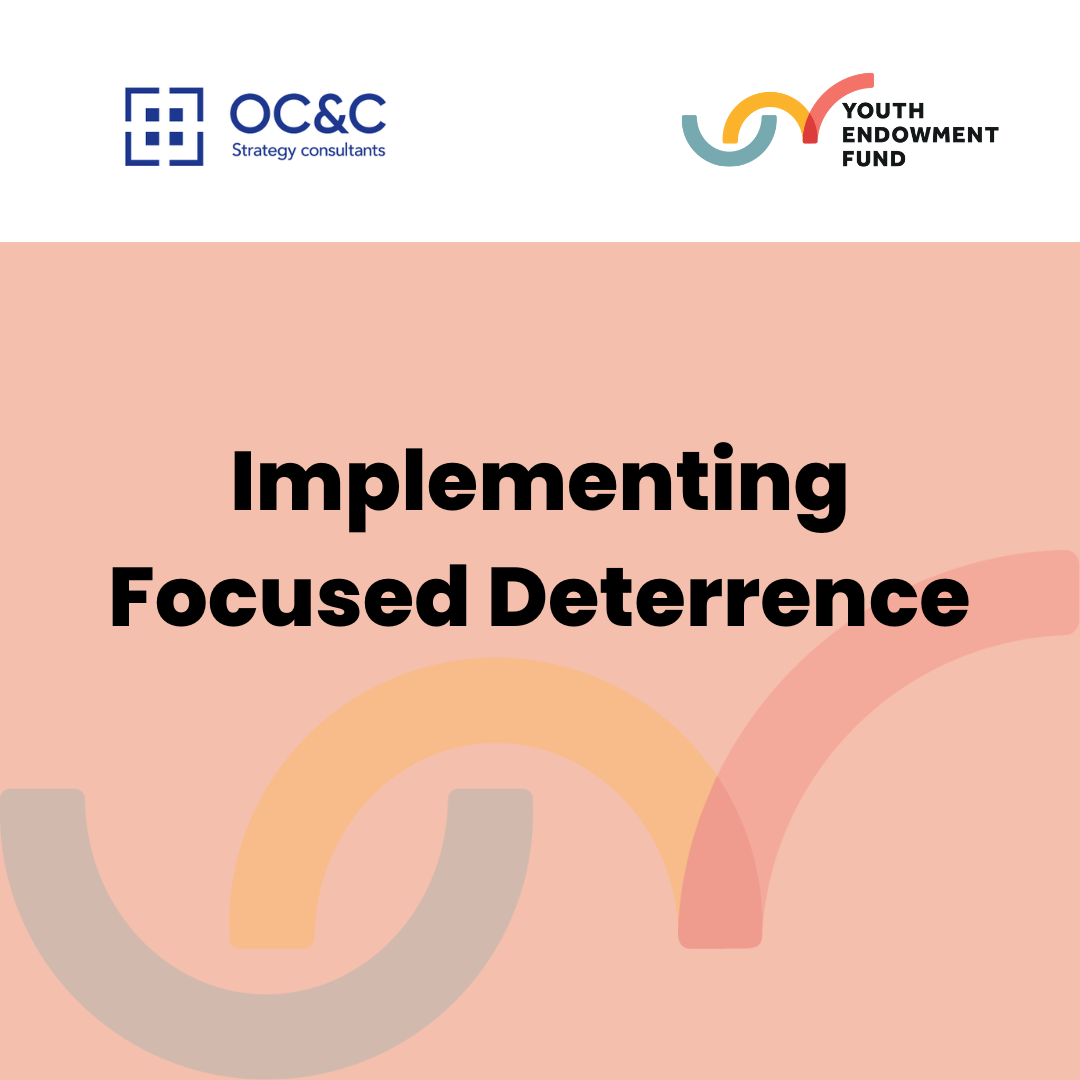Many organisations supporting young people will have had to adapt their work in response to the COVID-19 pandemic. Be it, delivering completely new services to meet the emerging needs of young people and their communities, or changing the way they deliver their services to comply with social distancing requirements.
It was this strength – flexibility – that was highlighted in the first Insights Brief from our COVID-19 Learning Project, as being key for organisations helping young people stay engaged with the trusted adults in their lives.
For our second Insights Brief, we build on this theme by looking at how to be flexible. We outline an approach we’re calling ‘core components’ and explore how it can help organisations to adapt their work with young people during the COVID-19 pandemic.
So when we say ‘core components’ approach, what do we mean? Put simply, it’s a method which you break down your programme or service into its constituent parts. For example, a mentoring programme for young people at risk of violence may be made up of many different components or practices. It could include things such as goal-setting sessions, one-to-one counselling, group activities or social and emotional learning.
There are numerous ways you might break up and look at your work, but doing so can help you in the following four ways.
Describing what is offered
The first advantage of a core components approach is that that it can help with articulating the nature of your offer to young people. In can also be useful for developing a strong theory of change – an explanation of why the activities you run should contribute to short and long-term outcomes.
Knowing what and how to adapt
A related benefit of a core components approach is that it can help with adapting the design or delivery of your programmes. During the pandemic you may have had to personalise your support according to the needs of individuals. This is easier to do if you are able to distinguish between aspects of your offer that are core, or non-negotiable, and those that are flexible and can be more obviously adapted.
Making practice more evidence informed
Breaking your service down can also help you to identify the features or components of programmes that are associated with positive effects. You could use this to improve existing practice by adjusting what is offered to better fit the evidence.
Evaluating programmes
This might involve consciously focusing on a few components and exploring how well they are implemented, what contribution they are perceived to make to project aims, or how acceptable they are to users. It is also possible to experiment with adding or subtracting components, or changing those that exist, and seeing what effect this has.
We hope this blog has given you a flavour of what a ‘core components’ approach is and how it might benefit your organisation. You can read more about the approach, how it can be applied and some of its limitations in our latest Insights Brief, written in partnership with Dartington Service Design Lab, Research in Practice, The Centre for Youth Impact and the University of Plymouth.
Listen to our core component podcast with Dez Holmes, Bethia McNeil and Mary McKaskill
If this blog was of interest, be sure to also read the first Insights Brief from this series –‘Engaging young people during the COVID-19 pandemic’. It provides clear, practical advice to help you maintain relationships with young people when face-to-face support and group activities can’t go ahead safely.
We hope both reports provide you with some useful tools to help make sure that young people continue to receive consistent, high-quality support, even at a time as turbulent as the pandemic.
Related content
-
Blog
Blog:Implementing Focused Deterrence: Evidence, Barriers and Opportunities
It feels like everyone’s talking about focused deterrence. Since joining YEF eight months ago, it’s the intervention I’ve been asked most about; How can we deliver it in our local area? Is it really that effective? When will the findings from YEF’s multi-site trial be ready? Alongside growing interest from government departments, we’ve seen an… -
Blog
Blog:Reflecting on the UK Riots: The Impact on Arrested Teenagers and the Urgent Need for Change
The UK riots in August 2024 brought to light significant issues facing the nation’s young people, with a worrying number of teenagers involved in the disturbances. As the situation has calmed, it’s become clear that many of those arrested were young people, prompting crucial discussions about how the justice system handles teenagers and what steps… -
Blog
Blog:Social Media and Violence Amongst Young People: A Growing Concern
Two questions I get asked a lot as head of the Youth Endowment Fund is “does social media cause violence?” and “what do we do about it?” So, here’s my attempt at some answers. Does social media cause violence? The short answer is we don’t know, but I think it’s likely. Here’s the thing: there…



